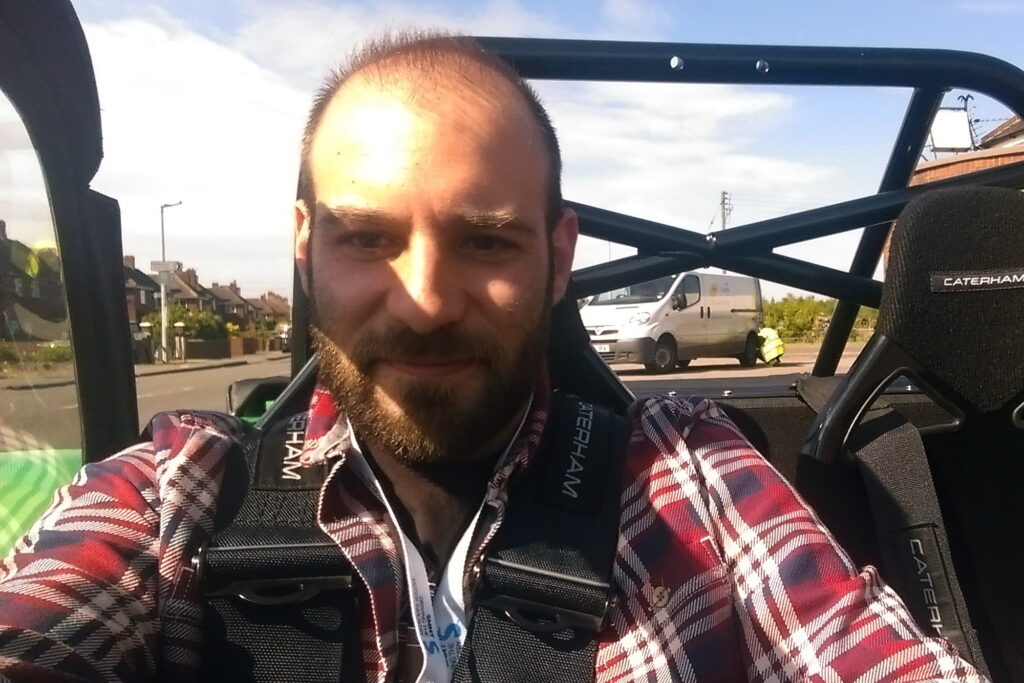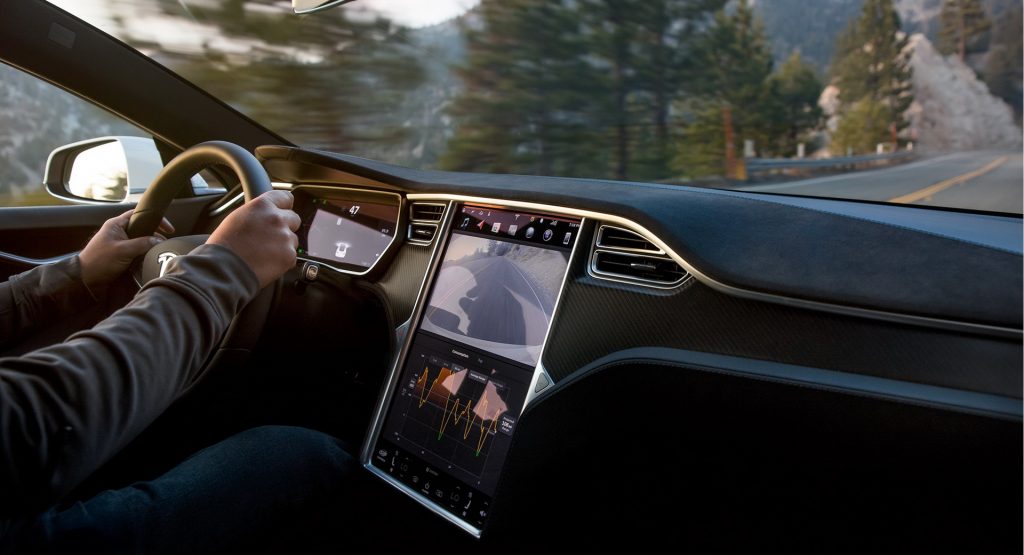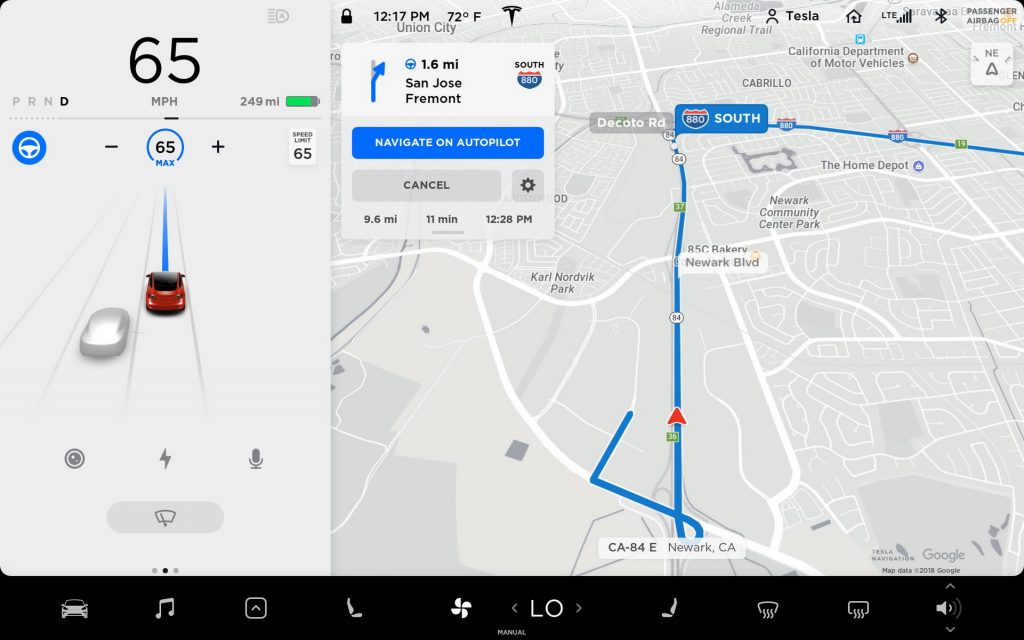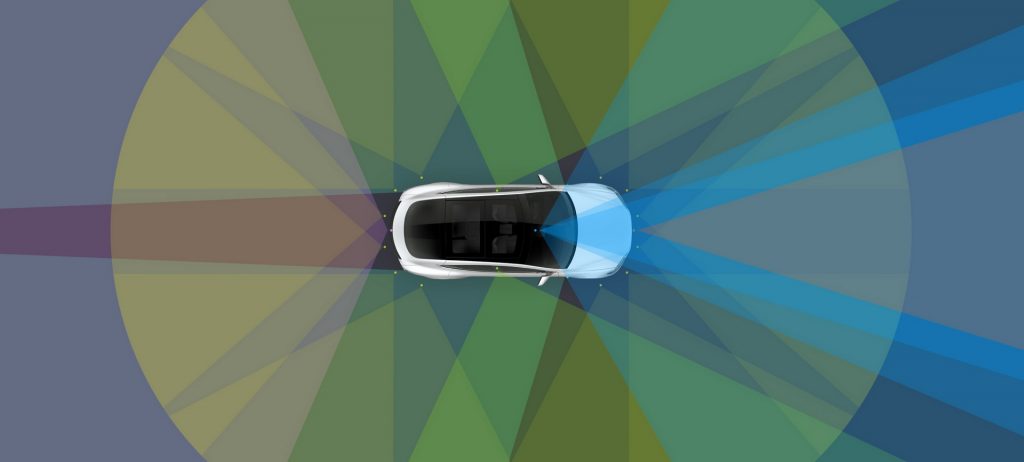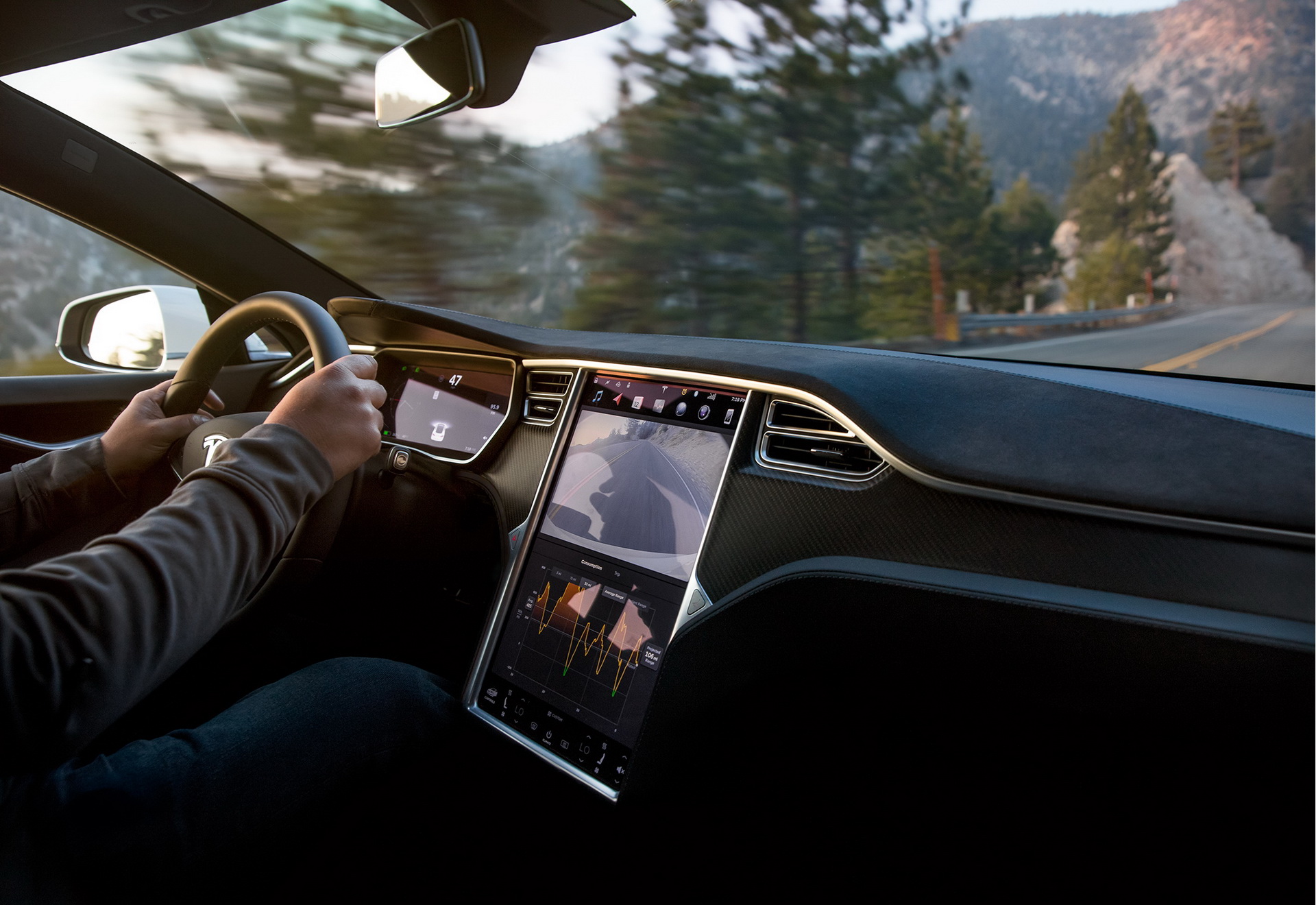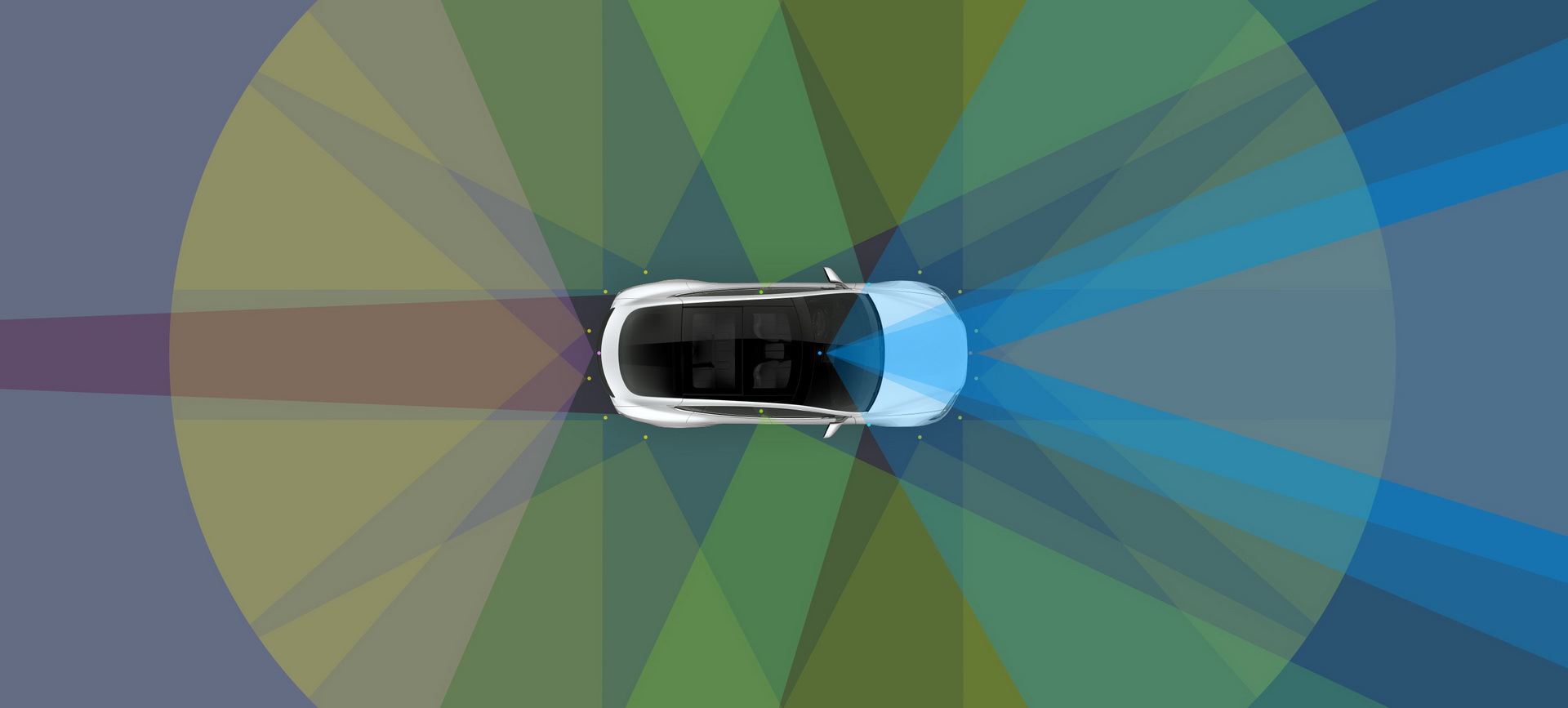The limitations of new automated driver assistance systems can be tricky for drivers to grasp, according to a recent study by the Insurance Institute for Highway Safety.
The IIHS, which is funded by auto insurance companies, found that the disconnect between what tech can do and what people think it can do, is very real and very troubling. This misperception has already resulted in crashes, including fatal ones.
“Current levels of automation could potentially improve safety,” IIHS President David Harkey said. “However, unless drivers have a certain amount of knowledge and comprehension, these new features also have the potential to create new risks.”
Also Read: Tesla Model 3 Driver Filmed Sleeping Behind The Wheel On Californian Highway
Another factor can be found in the names used for those system. Some of them appear to overpromise their capabilities, so drivers many think it’s safe to shift their attention away from the road.
The institute conducted a survey that included asking more than 2,000 drivers about five Level 2 semi-autonomous driving systems: Autopilot (Tesla), Traffic Jam Assist (Audi, Acura), Super Cruise (Cadillac) and ProPilot Assist (Nissan). Participants were given the names of the systems but not the car makers behind them and weren’t given any other information about them.
Each participant answered questions on two of the aforementioned systems chosen at random. The questions revolved around whether particular behaviors were safe while using that technology.
When asked whether it would be safe to take their hands off the wheel while using one of those systems, 48 percent of the people asked about Autopilot said they thought it would be, compared to 33 percent or fewer for the other systems.
Tesla’s Autopilot also had more people thinking that it would be safe to look at a scenery, take a call, or read a book. Six percent of the people even thought that it would be ok for them to take a nap with the Autopilot engaged, versus 3 percent for the other systems.
Each and every system mentioned here requires the driver to remain alert and attentive, with all but Cadillac’s Super Cruise warning the person behind the wheel if hands aren’t detected on the steering wheel. Super Cruise is the only Level 2 system that uses a camera to monitor the driver’s eyes, issuing a warning if he or she isn’t looking forward, essentially making it the only hands-free system in the market right now under specific conditions.
In a statement to LA Times, Tesla disputes the findings of the IIHS study. “Tesla provides owners with clear guidance on how to properly use Autopilot, as well as in-car instructions before they use the system and while the feature is in use,” the company said. “If a Tesla vehicle detects that a driver is not engaged while Autopilot is in use, the driver is prohibited from using it for that drive.”







